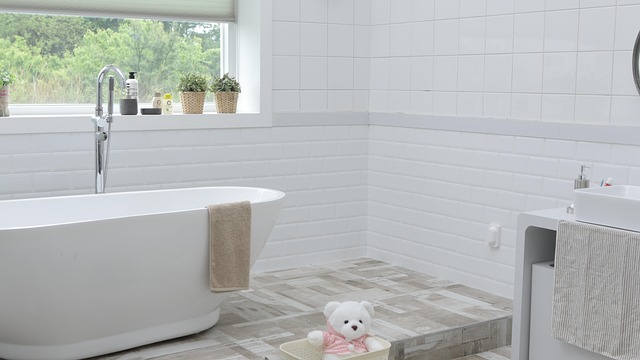When people think of mold inside a home, the image that often comes to mind is a dank, musty odor wafting through the air. While that smell is a classic indicator, it’s not always the earliest or most reliable signal. In many cases, mold can take root quietly, leaving subtle traces that are easy to miss until the problem becomes widespread. Recognizing these less obvious signs early on can save a homeowner from costly repairs and protect the health of those living inside.
Visual Changes in Surfaces
One of the first hints that mold may be present is a change in the appearance of walls, ceilings, or flooring. This may not always look like dark blotches or the fuzzy growth people expect. Instead, mold can appear as faint discoloration, shadowy patches, or areas that look slightly water-stained. Peeling paint, bubbling drywall, or unusual warping can also be early indicators that moisture is trapped beneath the surface, creating ideal conditions for mold to spread.

Persistent Moisture Problems
Another sign often overlooked is the presence of condensation or dampness in certain areas of the home. Windows that frequently fog up, pipes that sweat, or crawl spaces that stay humid even during dry weather can all be warnings. Mold thrives in places where moisture lingers. A homeowner who notices repeated damp spots, especially in the same area, should consider that as a red flag rather than brushing it off as a minor inconvenience.
Allergic Reactions Without a Clear Cause
Sometimes, the body notices mold before the nose does. Residents may begin experiencing allergy-like symptoms such as sneezing, watery eyes, coughing, or throat irritation, even when pollen counts are low or pets are not around. If these symptoms ease up when leaving the house but return once back inside, hidden mold growth could be the culprit. This is particularly true in homes where no distinct musty odor is present.
Subtle Structural Clues
Mold doesn’t just grow on visible surfaces—it can develop behind walls, under flooring, and inside HVAC systems. Small hints such as unexplained soft spots in flooring, doors or windows that suddenly stick, or slight sagging in ceiling materials may be telling signs. These changes often result from moisture intrusion, which nearly always goes hand in hand with mold activity.
The Takeaway
While a musty smell is certainly one way to detect mold, it should not be relied upon as the primary warning sign. By paying attention to subtle visual changes, ongoing moisture issues, unexplained health symptoms, and minor shifts in a home’s structure, homeowners can catch mold problems long before they become obvious—and expensive. A proactive eye and timely action are the best defenses against mold’s quiet spread.
